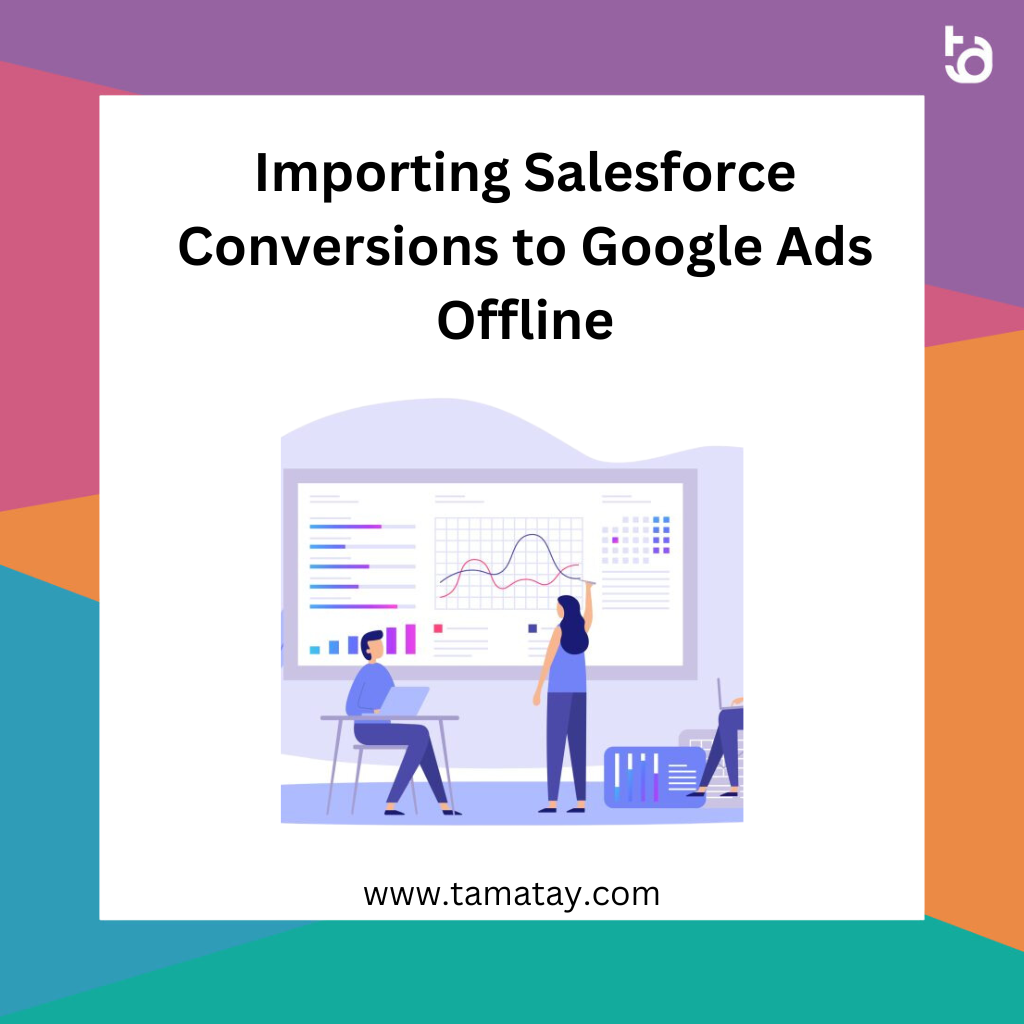Introduction
Offline conversions are an important component of digital marketing campaigns. By importing offline conversions from Salesforce into Google Ads, marketers can better track and analyze their campaigns, as well as optimize their spending. In this blog post, we will explain how to set up an offline conversion import from Salesforce into Google Ads.
Step 1: Configure Salesforce
In order to successfully set up the conversion import, users first need to set up Salesforce in order to provide robust data tracking. This process includes configuring Salesforce fields and users, along with setting up lead scoring, reports, and dashboards.
• Set up Salesforce Fields: Salesforce fields are customizable and can be adjusted to track customer activity.
• Set up Salesforce Users: This includes setting up user profiles and assigning roles, such as administrators and marketers.
• Set up Lead Scoring: Lead scoring allows users to assign scores to leads, allowing them to identify hot leads.
• Set up Reports and Dashboards: Setting up reports and dashboards allows users to have an overall view of customer activity in one place.
Step 2: Connect the Salesforce and Google Ads Accounts
Once users have set up their Salesforce accounts, they will need to connect their Salesforce and Google Ads accounts in order to get access to the offline conversion data. This can be done by using the Google Ads API or connecting through the Salesforce Connector.
• Using the Google Ads API: The Google Ads API allows users to access their account and retrieve data.
• Salesforce Connector: The Salesforce Connector allows users to connect the Salesforce and Google Ads accounts.
Step 3: Set up Offline Conversion Tracking
Once the accounts have been connected, users will need to set up offline conversion tracking in order to import the data into Google Ads. This includes setting up the tracking code in the Salesforce account and setting up the offline conversion import in the Google Ads account.
• Setting up the Tracking Code: Users will need to set up the tracking code in their Salesforce account in order to send the data to Google Ads.
• Setting up the Offline Conversion Import: This includes setting up the conversion import in the Google Ads account in order to receive the data from Salesforce.
Conclusion
By setting up an offline conversion import from Salesforce into Google Ads, marketers can better track and analyze their campaigns, as well as optimize their spending. With the correct configuration of the Salesforce account and the connection of the Salesforce and Google Ads accounts, users can successfully set up an offline conversion import.







